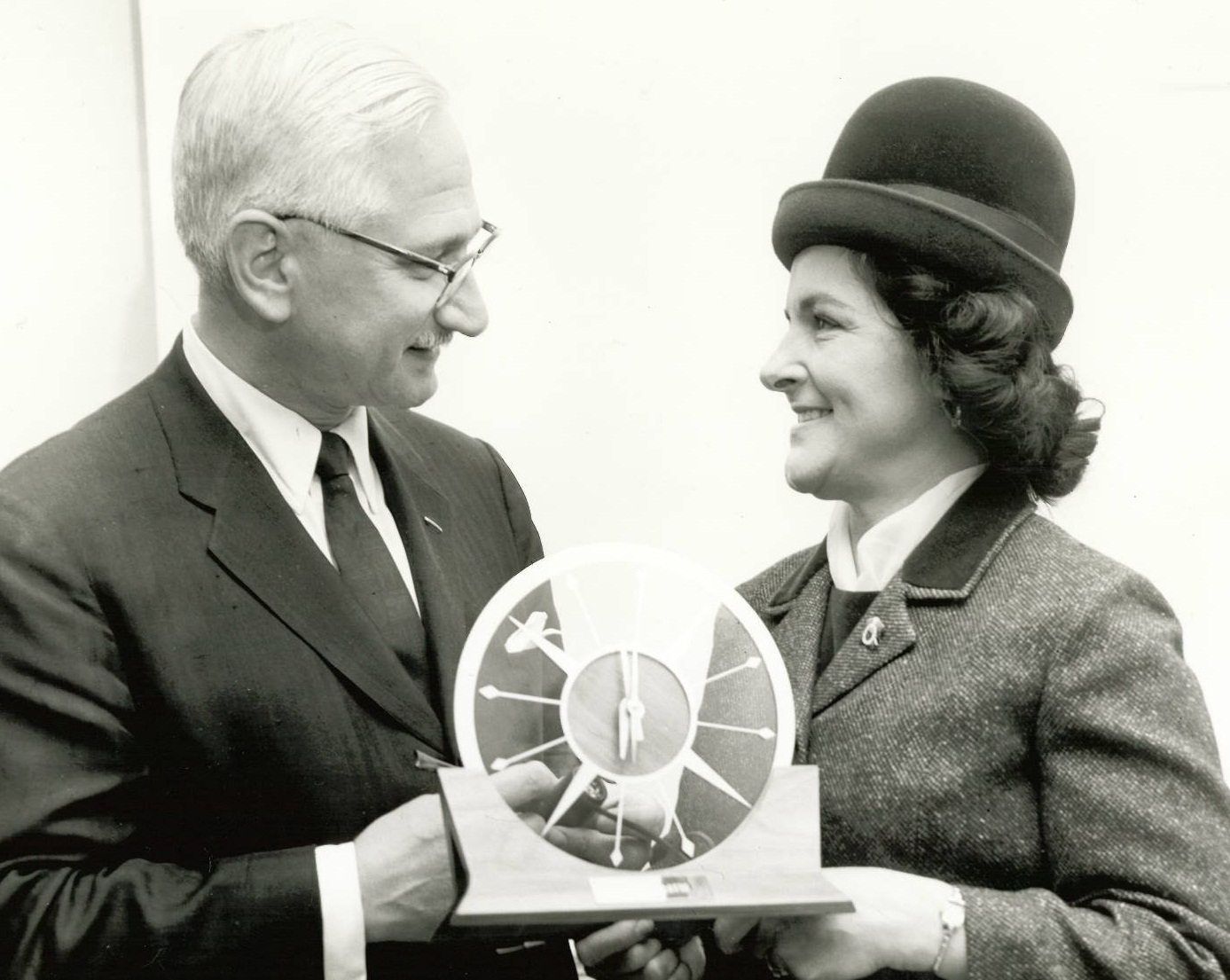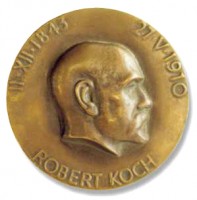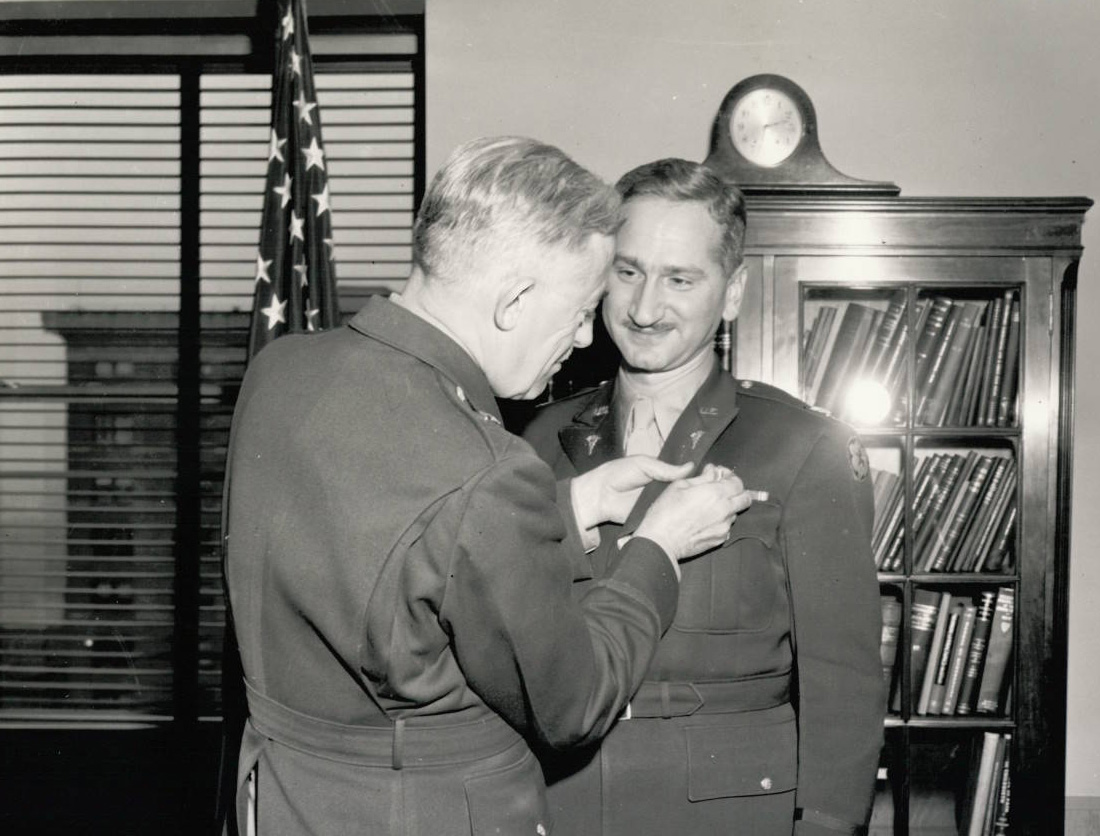Most UC Libraries will be closed Monday, September 3, for Labor Day, except for the Health Sciences Library, which will be open 9am to 5pm. The list of library hours is online.
Author Archives: Melissa Cox Norris
The Albert B. Sabin Digitization Project: A Look at Local Commemorations
By Richard Jason Sookoor, Sabin Student Assistant
This is the last week of August and thus marks the finale of our Awards and Honors series. For our final post, we will take a look at how the Cincinnati community has honored Dr. Sabin. For roughly thirty years, Dr. Sabin resided in Cincinnati and continued research at Cincinnati Children’s Hospital while occasionally teaching at the University of Cincinnati. During this time, he also participated in local community affairs and was often honored for his accomplishments. Continue reading
Welcome, Xuemao Wang
The Latest Source, UC Libraries Newsletter, Now Available
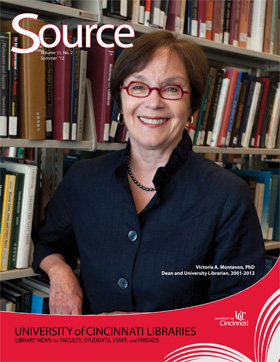 Want to know the latest in Library News? Read Source, the UC Libraries newsletter for faculty, students, staff, and friends. Source is available in print around the various libraries and online. Continue reading
Want to know the latest in Library News? Read Source, the UC Libraries newsletter for faculty, students, staff, and friends. Source is available in print around the various libraries and online. Continue reading
DynaMed: Point of Care Tool
![]() DynaMed™ is now available! Created to use at the point-of-care by physicians for physicians and other health care professionals, DynaMed is a clinical reference tool with clinically – organized summaries for more than 3,200 topics. DynaMed is updated daily and provides the latest content and resources with validity, relevance and convenience.
DynaMed™ is now available! Created to use at the point-of-care by physicians for physicians and other health care professionals, DynaMed is a clinical reference tool with clinically – organized summaries for more than 3,200 topics. DynaMed is updated daily and provides the latest content and resources with validity, relevance and convenience.
- DynaMed is available from on and off campus
- Install DynaMed on your mobile device: request a serial number from Edith Starbuck at edith.starbuck@uc.edu or 558-1433
The Albert B. Sabin Digitization Project: Happy Birthday, Dr. Sabin!
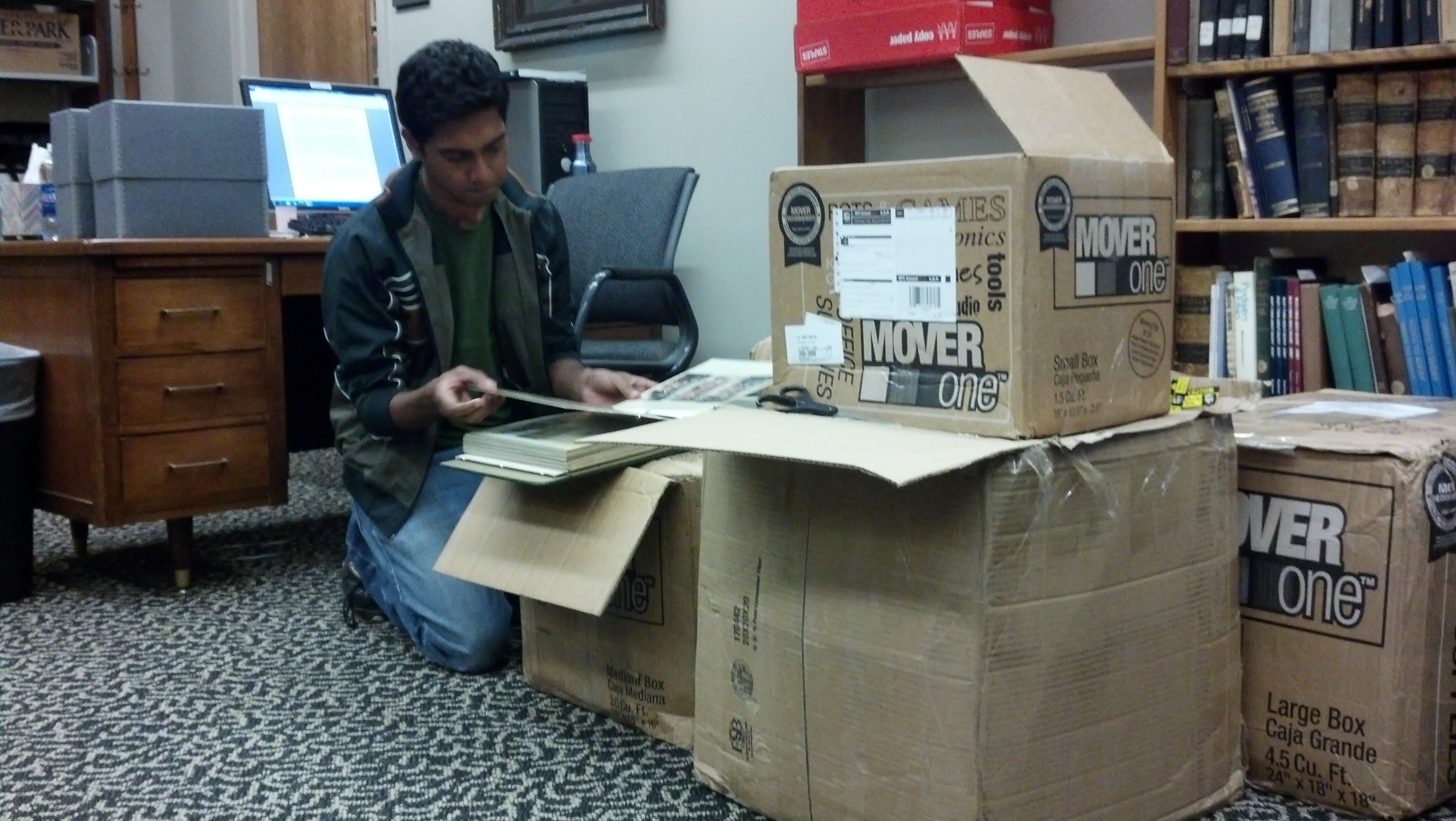
Sabin student assistant Richard Jason Sookoor is seen here browsing through one of the many binders the Winkler Center recently received from Mrs. Heloisa Sabin.
The Hauck Center for the Albert B. Sabin Archives recently received several large boxes full of letters, photographs and realia from Mrs. Heloisa Sabin, which adds to the over 400 linear feet that is already in the collection. It was quite serendipitous that the material arrived at the Winkler Center just a couple days before Dr. Sabin’s birthday on August 26. Continue reading
UC Libraries Welcome You to UC
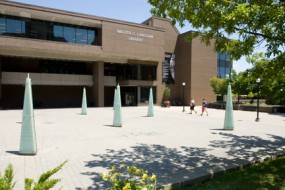 UC Libraries are participating in Welcome Weekend festivities with fun and games (and some helpful information) planned in several of our libraries. Check us out! Continue reading
UC Libraries are participating in Welcome Weekend festivities with fun and games (and some helpful information) planned in several of our libraries. Check us out! Continue reading
The Albert B. Sabin Digitization Project: A Celebration of the Achievements of Dr. Sabin, Part II
By Richard Jason Sookoor, Sabin Student Assistant
For the month of August, we will continue our series on the Awards and Honors Dr. Sabin received during his lifetime. This week we take a look at arguably Dr. Sabin most influential achievement: the live, oral polio vaccine. Or rather, we observe the accolades Dr. Sabin received for developing the vaccine. Despite the development of previous polio vaccines, Dr. Sabin’s vaccine was ultimately chosen for worldwide distribution after large scale clinical trials were performed. Not only did this help lead to the eradication of polio in the Western and developing world, but it also helped pave the way for the molding the public perception regarding the importance of vaccination. Continue reading
New HSL Campus Guide: Citation Analysis
The Citation Analysis guide is available at http://guides.libraries.uc.edu/researchimpact. It provides information on citation analysis tools available at the HSL.
The guide includes information and instructions on how to find the following:
- Citation counts for your research publications
- Citation counts from patents
- To see who’s citing you
- The ranking or impact factor of a specific journal
- To learn more about the H-index and other new indexes for calculating impact
- Explanations of citation research concepts and terminology
- More information on the rationale behind citation research
- Information on altmetrics
- Citation research tutorials for various databases
Instructions are provided for Scopus, Web of Science, and Google Scholar. The guide also provides a list of important terms and their definitions and links to tutorials.
See all current Health Sciences Library CampusGuides here. As more topic guides are published, the links on the Electronic Resources page will be changed to lead directly to the new topic guide.
Please contact us if you have any feedback and suggestions for us as we work to make these guides as useful as possible!
The Albert B. Sabin Digitization Project: A Celebration of the Achievements of Dr. Sabin
By Richard Jason Sookoor, Sabin Student Assistant
The month of August is notable here at the Winkler Center, particularly for the Hauck Center for the Albert B. Sabin Archives. August 26th happens to be Dr. Sabin’s birthday, which gives us good reason to celebrate. To commemorate his birthday, we’d like to present the awards and honors he’s received in a small blog series throughout the month of August. Dr. Sabin has accumulated well over one hundred different awards and while we’d like to acknowledge all of them, we will focus on his most outstanding achievements. Continue reading

